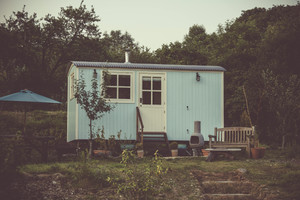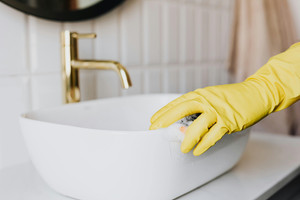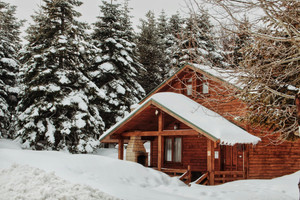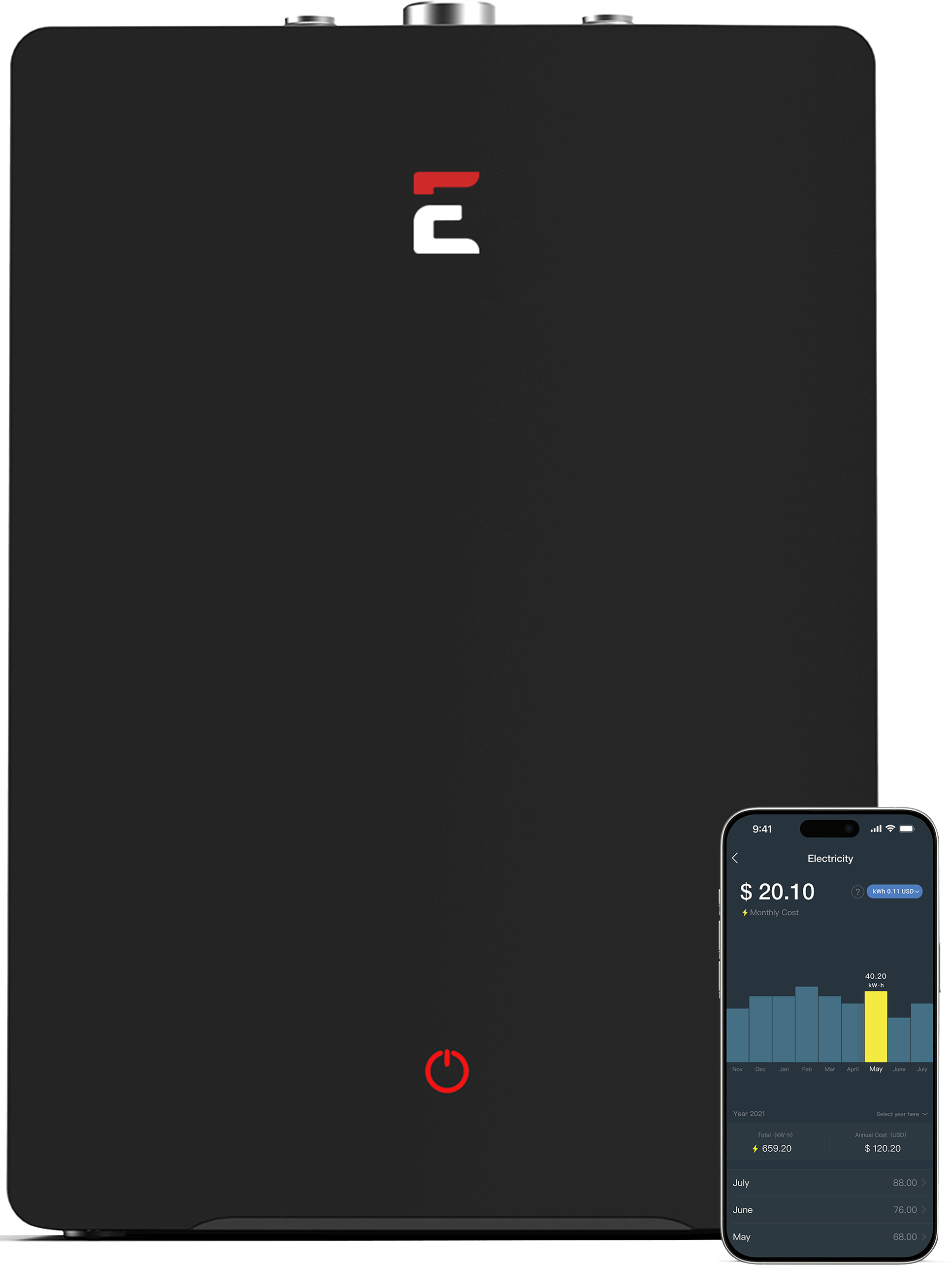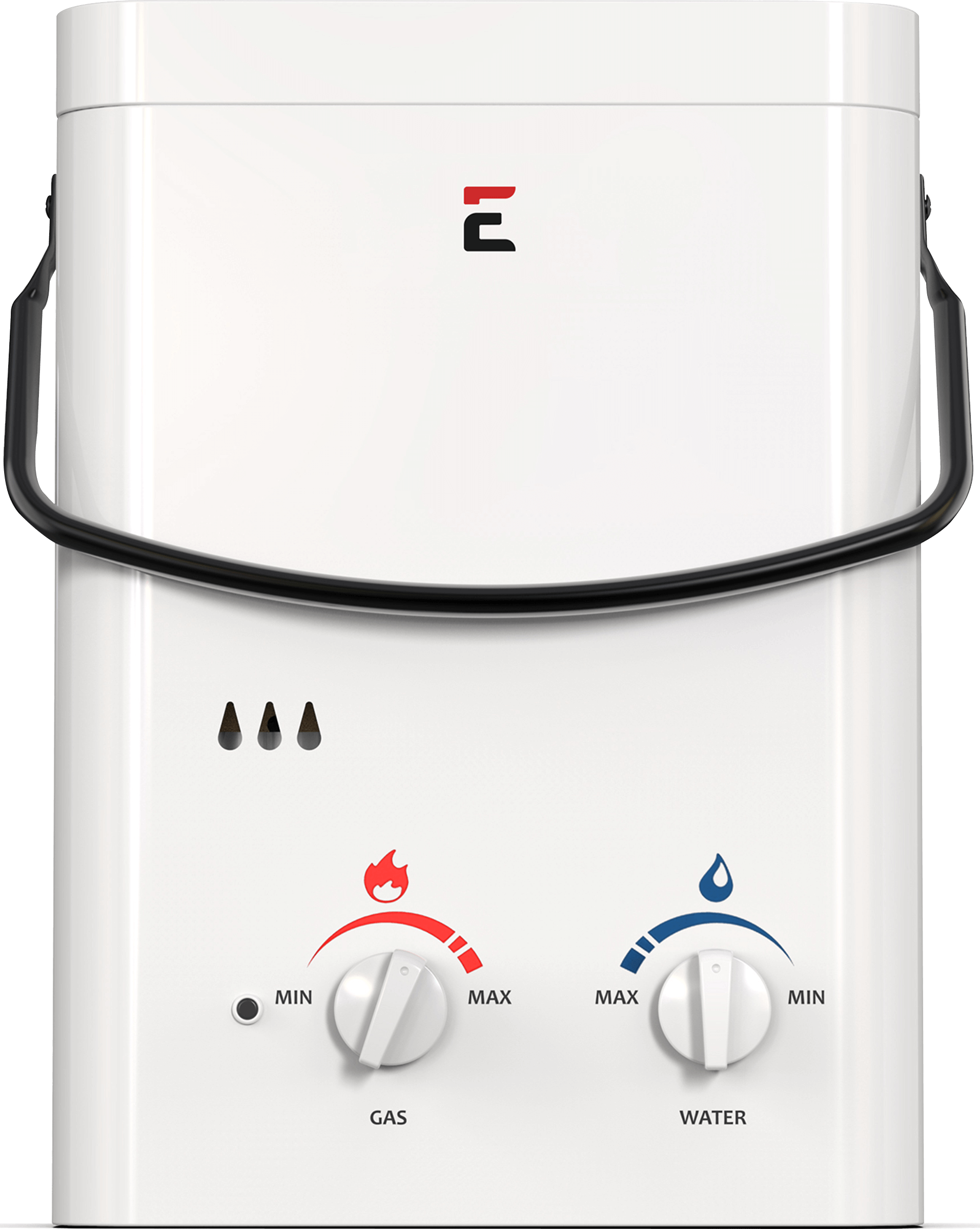What's the Best Temperature for Your Water Heater?
When adjusting my water heater, what temperature should I set it to? The answer different if you have:
Concerns about diseases
- A dishwasher
- Young children or elderly that can be easily burned
- Electric vs Gas heat
- Type of plumbing (e.g. PEX or Copper)
There are two main and opposing risks:
Minimum Temperature
According to the paper Legionella and the prevention of legionellosis, found at the World Health Organization website, temperature affects the survival of Legionella as follows:
- Above 70 °C (158 °F): Legionella dies almost instantly
- At 60 °C (140 °F): 90% die in 2 minutes
- At 50 °C (122 °F): 90% die in 80–124 minutes, depending on strain
- At 48 to 50 °C (118 to 122 °F): Can survive but do not multiply
- 32 to 42 °C (90 to 108 °F): Ideal growth range
Dishwashers
Most current-model dishwashers have a minimum requirement of 49 °C (120 °F). Most have heaters and will heat the interior as needed. If yours is older you may want to check specifications. Dishwasher detergent varies, but "works best between 50 and 60 °C" seems to be a fairly common statement. There is also cold-water detergent on the market that works at basically any temperature.
Maximum Temperature
Setting too high can scald someone using the water. This is particularly easy because when you first open the tap, the water in the pipes has cooled down some, and so its temperature will raise (possibly dramatically) once the water from the tank reaches the point of use. Young children are at higher risk because their skin is thinner. Some people, especially the elderly, are at higher risk because they may be less sensitive and slower to move away from scalding water.The Consumer Product Safety Commission (CPSC) recommends setting to 49 °C (120 °F).
From Legionella Prevention:
Dead legs: Dead legs (branches that are capped off or rarely used) contain stagnant water that can be an ideal breeding ground for bacteria which can contaminate the entire system. This should not be surprising as the water in the dead leg would get warm, but never hot to the temperature of the main flow.
If unavoidable, a valve should be installed as close to the main line as possible (no more than 1 pipe diameter away) to minimize risk.
PEX vs. Copper: In a study, Legionella seemed to grow a bit faster in PEX than copper (over a period of 500 days), however, over a period of 800 days there was essentially no difference in growth and both pipes had identical biofilms formed inside them.
Copper in theory would cool down faster than PEX, but given enough time (likely a couple hours), the temperature of both would cool to the ambient temperature. There's a separate question that discusses if it's worthwhile to insulate pipes, but even with insulation, the water in the pipes will eventually cool to ambient.
Conflicting Views
From Heated Debate about Hot Water: The country’s top experts, represented on the Canadian Commission on Building and Fire Codes (CCBFC), have rejected the lower maximum hot water tank temperature of 49 C. In spite of this, trusted organizations are telling homeowners to lower their hot water tank temperature to 49 C as a precaution against scalds from tap water. Some even offer tips on how to find the thermostat so you can adjust it yourself. The bottom line is that water must be stored at a high temperature as a precaution against bacteria. It can be delivered from the tap at a lower temperature to prevent scalds.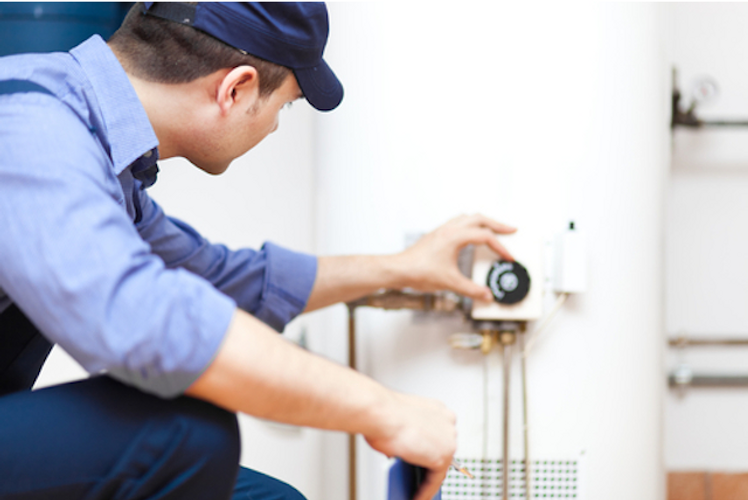
Too high, and users get scalded
Too low, and you risk pathogens, particularly Legionella, which causes legionellosis (Legionnaires' disease)
Please note: When considering what temperature to set your Eccotemp Water Heater too please reference the product manual and the suggestions written inside.
 Weekly Deals
Weekly Deals
 Water Heaters
Water Heaters
 Accessories
Accessories
 Installation
Installation
 Parts
Parts
 Protection Plans
Protection Plans




